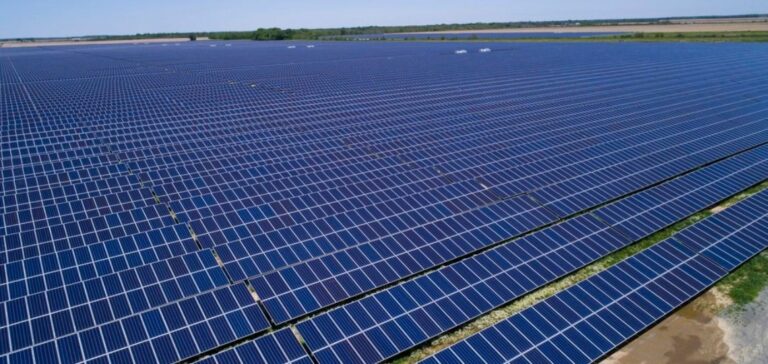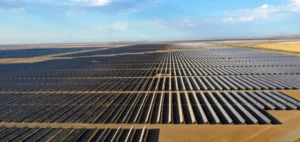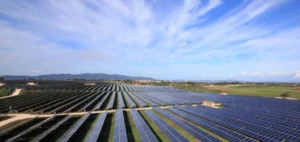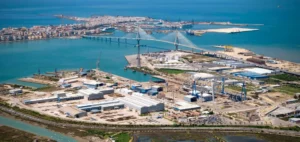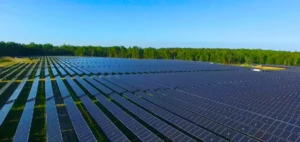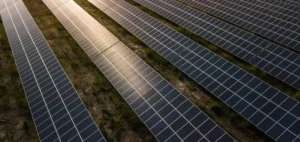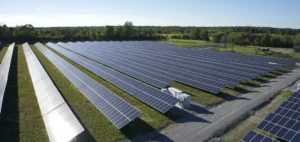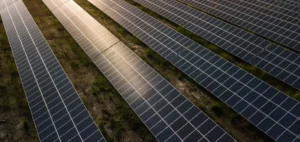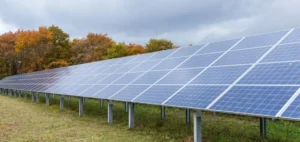The latest “Energy Infrastructure Update” report from the Federal Energy Regulatory Commission (FERC), including data up to February 29, 2024, reveals an impressive breakthrough for solar. With 1,043 MW added thanks to 29 solar units, this sector accounts for 83.64% of new capacity generated, a figure that underlines the rapid expansion of this renewable energy. Meanwhile, wind power continues to play a significant role, adding 928 MW to the energy grid.
The wind against natural gas
The Horizon Hill Wind project in Logan County, Oklahoma, contributed 200 MW, or 16.04% of new capacity. In contrast to these figures, natural gas shows only a marginal increase of 4 MW, reflecting a downward trend for fossil fuels in the face of the rise of renewables.
Installed capacity and projections
By the end of February 2024, the total share of solar power capacity in the U.S. reached 8.21%, surpassing hydroelectricity. FERC forecasts suggest continued growth, with “very likely” additions of 87,749 MW for solar by February 2027, far exceeding forecasts for other renewable sources.
Future impact and energy competition
According to current data, solar power could overtake coal and wind power in terms of installed capacity within three years. This rapid expansion is a clear indicator of the energy transition underway, gradually replacing old energy sources with cleaner, more sustainable alternatives.
Solar’s continued leadership of the U.S. energy landscape is not only a testament to sector innovation, but also a precursor to broader changes in energy production. Ongoing initiatives and investments in solar and other renewables are redefining the way energy is produced and consumed in the United States.


